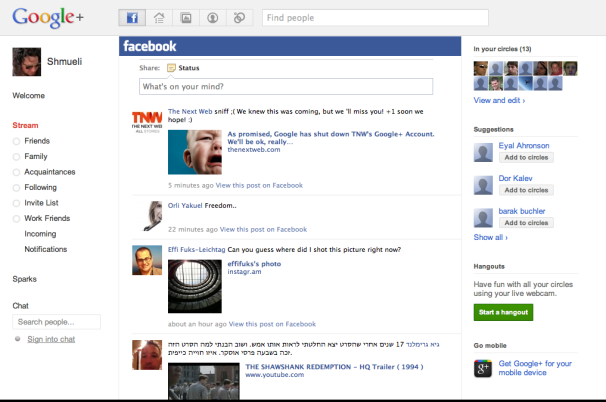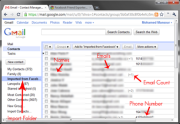Windows XP computers are infected with rootkits out of proportion to the operating system's market share, according to data released last week by Avast Software, which surveyed more than 600,000 Windows PCs.

While XP now accounts for about 58 percent of all Windows systems in use, 74 percent of the rootkit infections found by Avast were on XP machines.
XP's share of the infection pie was much larger than Windows 7's, which accounted for only 12 percent of the malware-plagued machines -- even though the 2009 OS now powers 31 percent of all Windows PCs.
Rootkits have become an important part of the most sophisticated malware packages, particularly botnets, because they mask the infection from the user, the operating system and most security software. By installing a rootkit, the hacker insures the compromise goes undetected as long as possible, and that the PC remains available to the botnet's controller for nefarious chores, such as sending spam or spreading malware to other machines.
Avast attributed the infection disparity between XP and Windows 7 to a pair of factors: The widespread use of pirated copies of the former and the latter's better security.
"According to our stats, as many as a third of XP users are running SP2 [Service Pack 2] or earlier," said Ondrej Vlcek, the chief technology officer of AVAST, in an interview Thursday. "Millions of people are out of support and their machines are unpatched."
Vlcek assumed that many of the people running XP SP2, which Microsoft stopped supporting with security patches a year ago, have declined to update to the still-supported SP3 because they are running counterfeits.
Although Microsoft serves everyone, even pirates, its monthly security patches and service packs, most security experts believe that users of illegal copies are very hesitant to upgrade or even patch for fear that they'll trigger the black screen and anti-piracy nag notices that Microsoft slaps on screens when it deems a PC is running a counterfeit copy of Windows.
Windows XP accounts for a disproportionate share of rootkit infections, but Windows 7 is under-represented. (Data: Avast, Net Applications.)
Vlcek urged users running legal copies to upgrade to XP SP3. "Moving to SP3 is the most basic thing that should be done," he said.
Also in play, said Vlcek, is Windows 7's stronger security, especially the 64-bit version.
"The 64-bit version [of Windows 7] has some technologies that really make it much more difficult for rootkits to infect the computer," said Vlcek, calling out that version's kernel driver-signing feature as key to keeping rootkits off machines.
But that hasn't completely protected Windows 7 64-bit, as Vlcek acknowledged.
"The surprising part to me was that I thought the Windows 7 [number] would be even smaller," Vlcek said.
Rootkits able to infect 64-bit copies of Windows 7 remain relatively rare, but they're certainly not unknown: The first popped up in August 2010, and a massive botnet some have called "practically indestructible" last month used a variant of the same malware to install a 64-bit rootkit on Windows 7.
That malware, which goes by a number of names -- Alureon, TDL, Tidserv and most recently, TDL-4 -- is especially devious, as it installs the rootkit into the Master Boot Record (MBR). The MBR is the first sector -- sector 0 -- of the hard drive, where code is stored to bootstrap the operating system after the computer's BIOS does its start-up checks.
By subverting the MBR, the rootkit is even tougher to detect, since it's already in place by the time the OS and security software are loaded into memory.
Avast found that rootkits which infected the MBR were responsible for 62% all rootkit infections.
Users who suspect that their PC is infected with an MBR-based rootkit can scrub their machine with one of several free rootkit detectors, including Avast's "aswMBR" and Sophos' "Anti-Rootkit."
More other news:

















